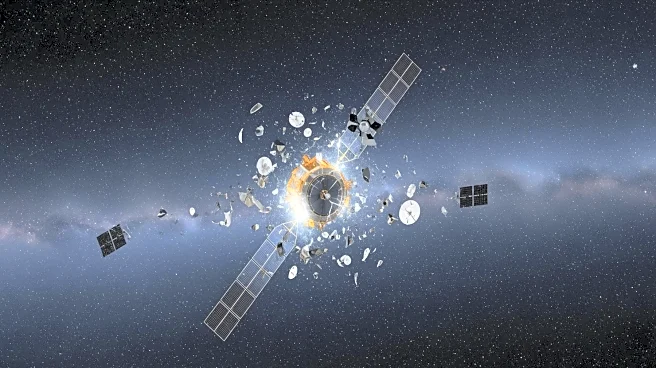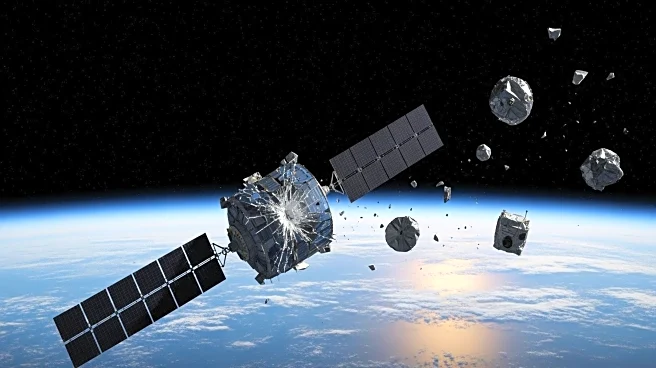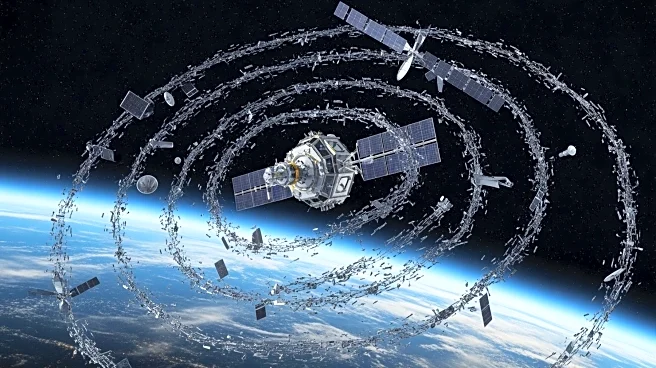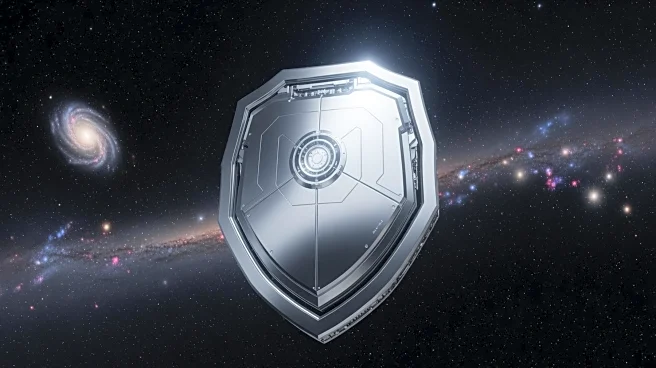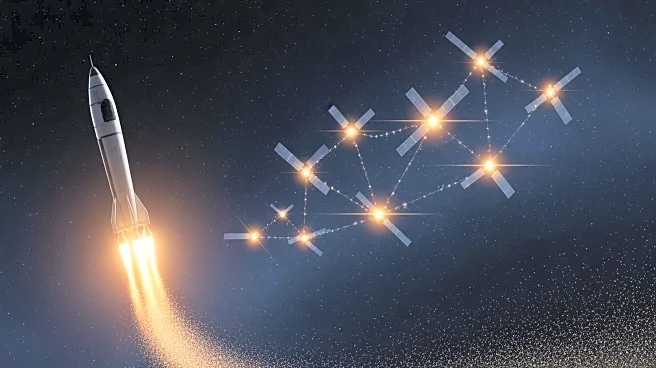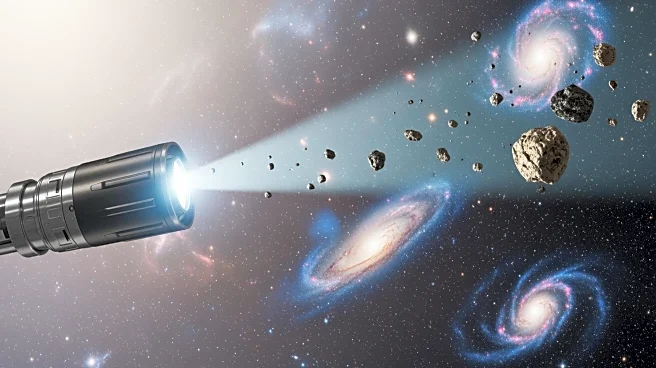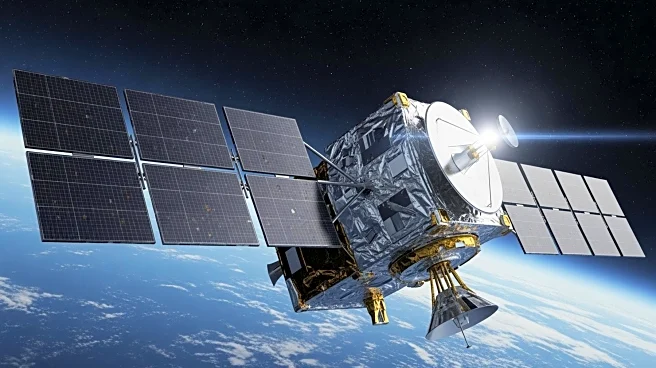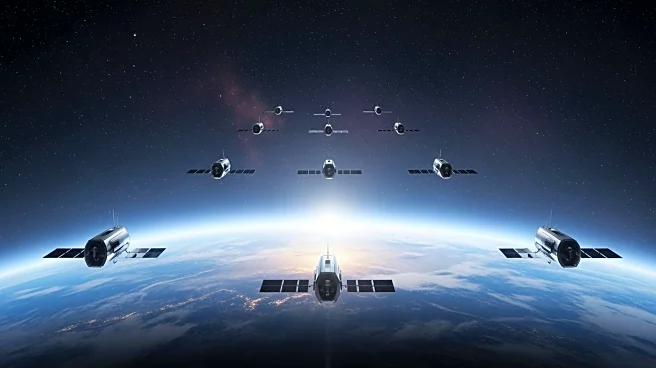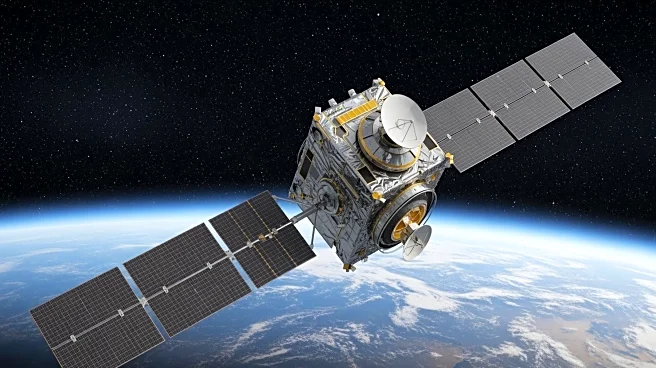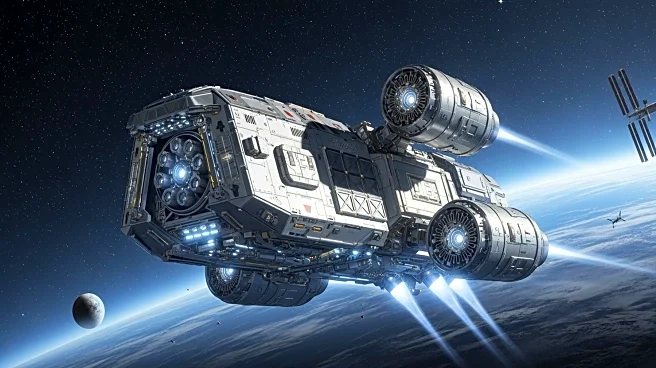What's Happening?
The frequency of space debris crashes on Earth is rising, posing significant risks to human life and infrastructure. Recent incidents include a 1.6-pound metal cylinder from the International Space Station
that damaged a Florida home and a 100-pound fragment from a SpaceX Crew Dragon capsule that landed on a Canadian farm. Experts warn that these events, once rare, are becoming more common, with multiple Starlink satellites reentering and disintegrating daily. Historical precedents, such as the 1972 crash of Soviet space debris in New Zealand, highlight the long-standing nature of this issue.
Why It's Important?
The increasing frequency of space debris crashes has significant implications for public safety and infrastructure. As satellite launches continue to rise, the risk of injury and property damage grows, prompting calls for improved tracking and deorbiting protocols. The potential for harm is underscored by past incidents, such as injuries from Soviet spacecraft debris in 1969 and radioactive remnants from Kosmos 954 in 1978. The situation demands urgent policy and technological responses to mitigate risks and ensure the sustainability of space activities.
What's Next?
Industry responses are emerging, including the development of 'space armor' tiles to protect against debris and innovative cleanup ideas like using ion engine exhaust to deorbit junk. Regulatory frameworks and international agreements are needed to address liability concerns and enhance orbital sustainability. As satellite launches accelerate, experts emphasize the need for concerted action to prevent space debris from increasingly impacting Earth.
Beyond the Headlines
The issue of space debris raises ethical and legal questions about responsibility and liability for damages caused by space activities. The growing problem also highlights the need for international cooperation in space governance to ensure the long-term viability of space exploration and utilization.
